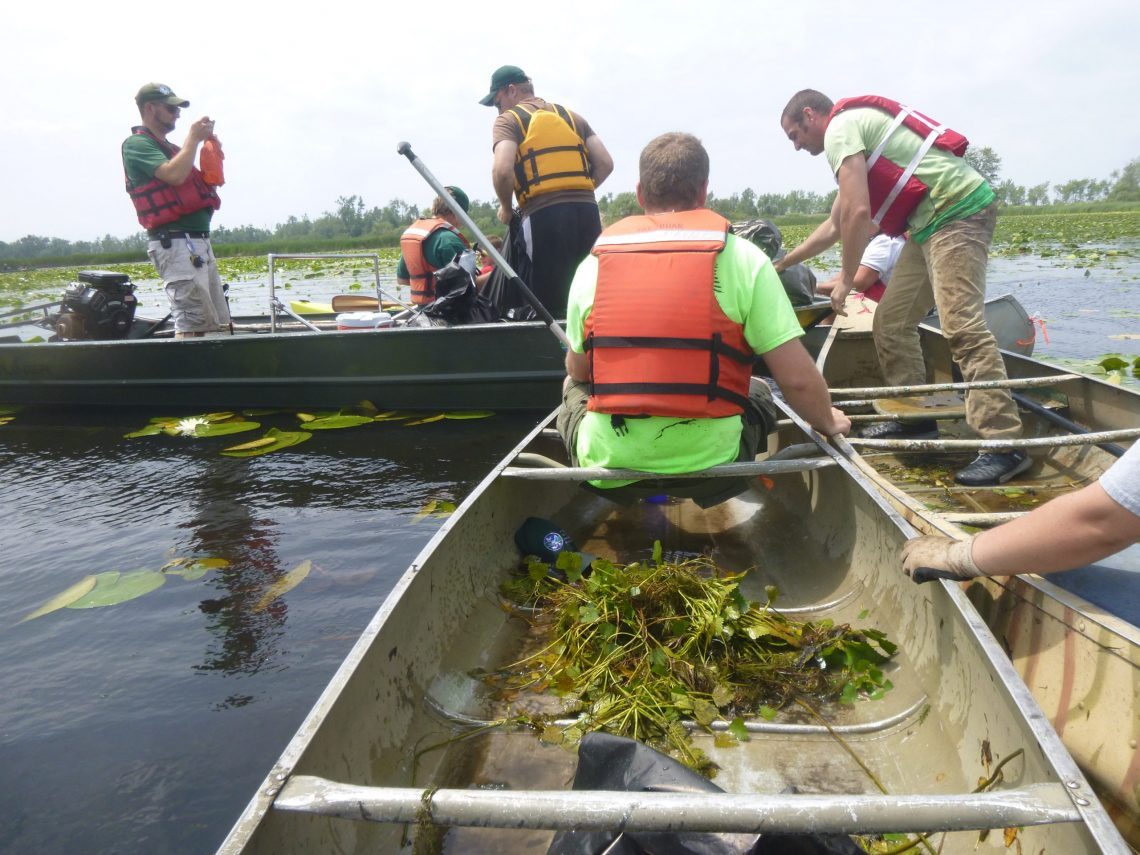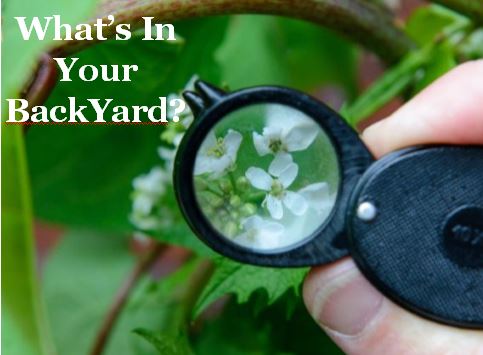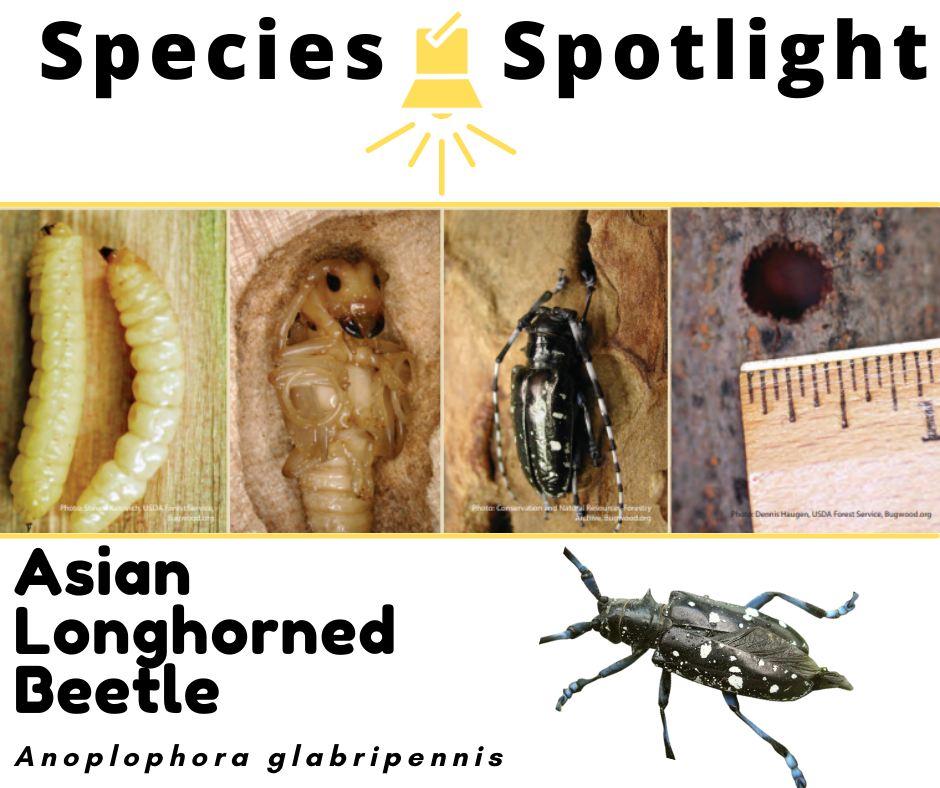In the five-county SLELO region, there are nearly 2 million acres of forested land with additional acreage in urban forests. Invasive forest pests and tree diseases currently affecting the SLELO region, and those soon to arrive, can reduce the ability of our forested lands to store carbon which further worsens climate change, and the ability of wildlife to move through this corridor.
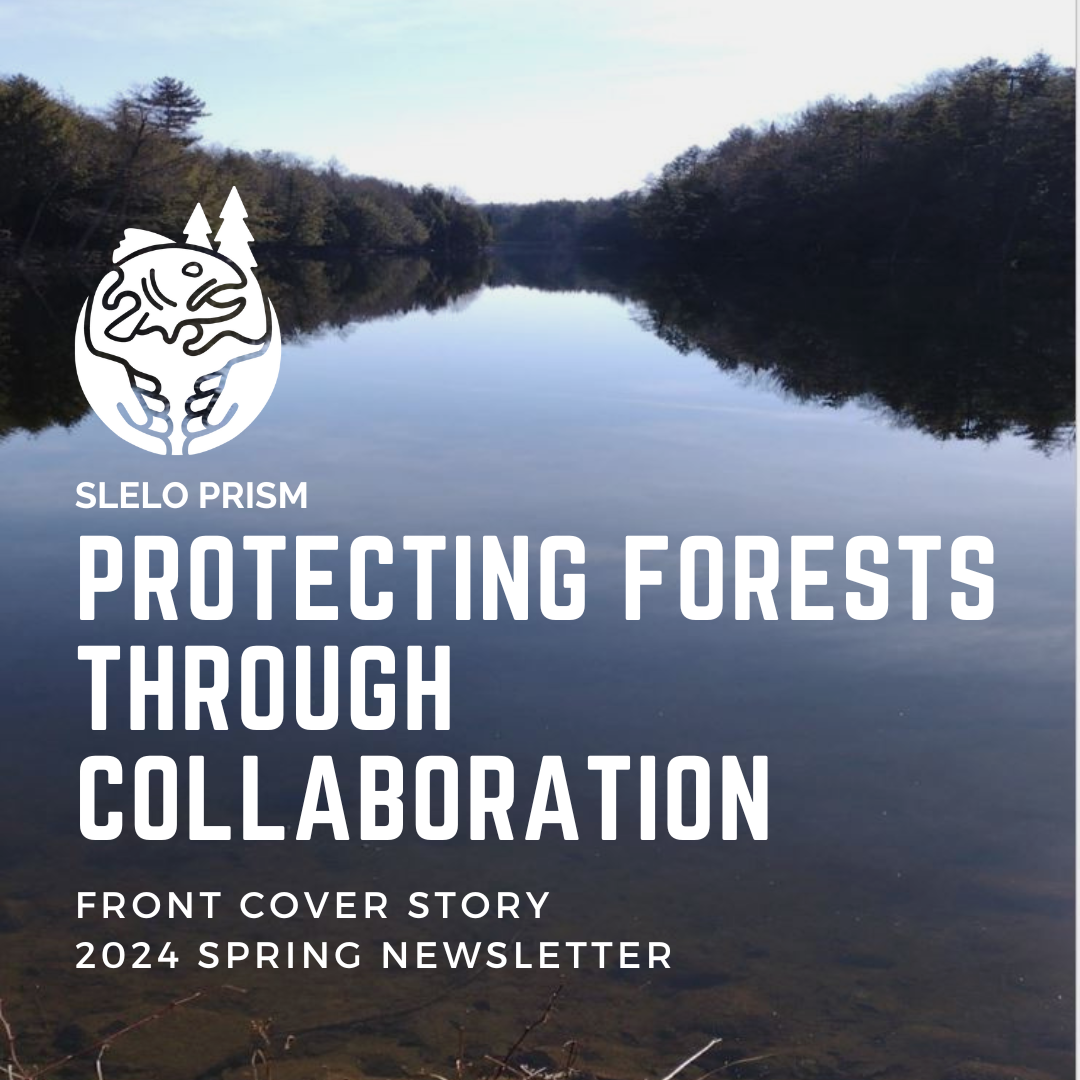
About the Cover: 2024 Spring Newsletter
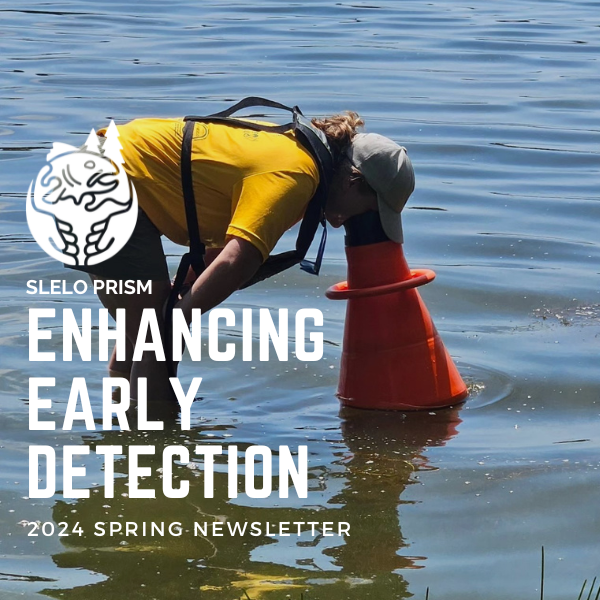
Enhancing Aquatic Early Detection Efforts
SLELO PRISM is enhancing early detection efforts for aquatic invasive species through a new Water Protector’s Program. Learn more about this program and an exciting 3-part series learning experience!
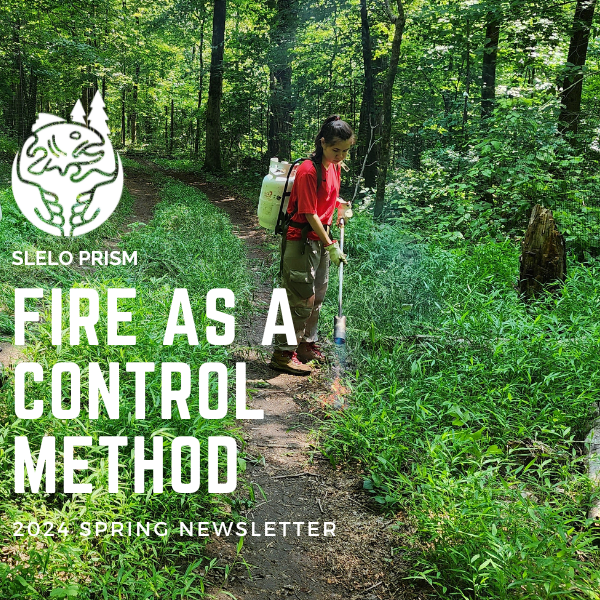
Fire as a Control Method for Invasive Plants
Hear about how fire is being used to control invasive plants at the Mianus River Gorge Preserve.
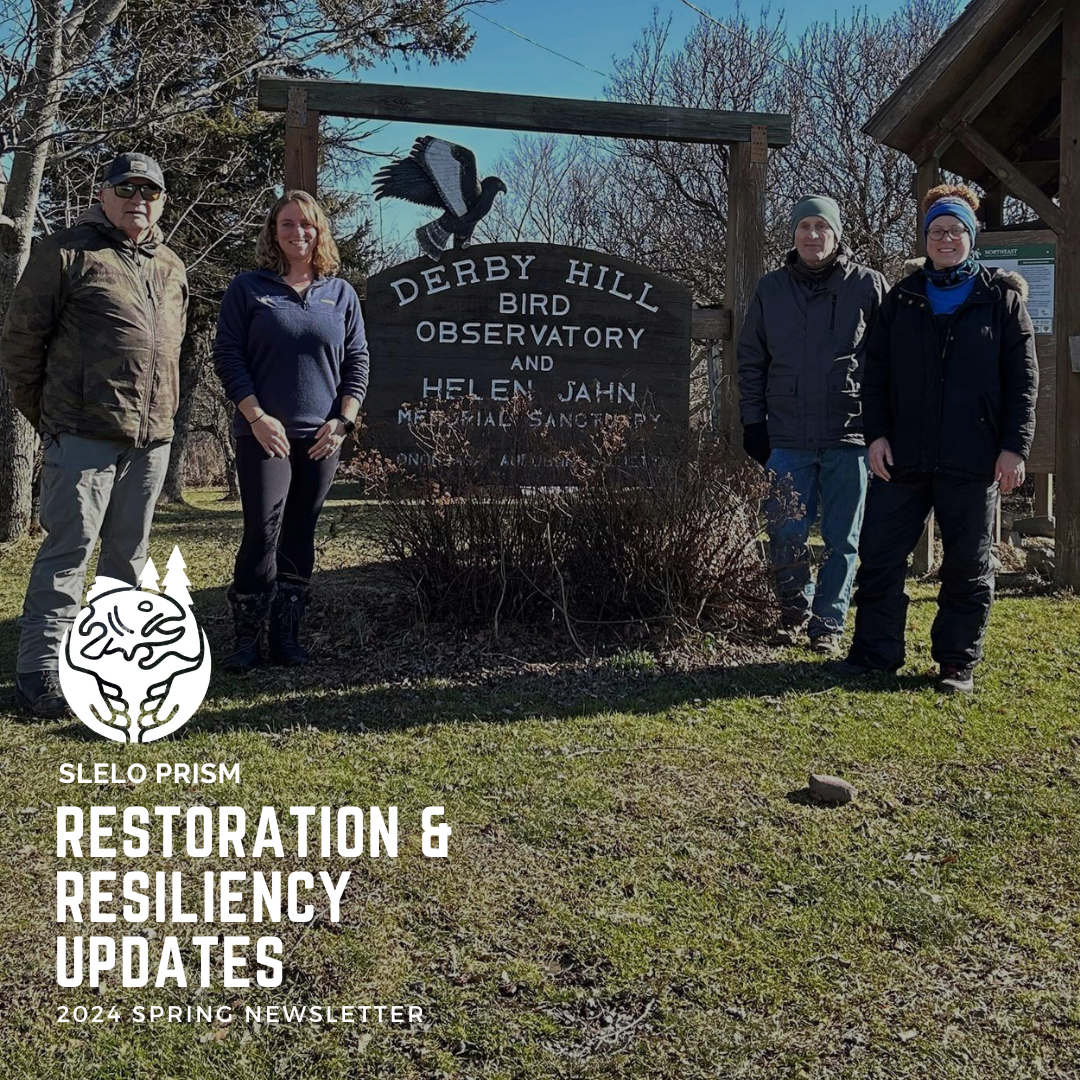
2024 Spring Restoration & Resiliency Updates
Get the latest updates on our early detection, restoration, and biocontrol work.
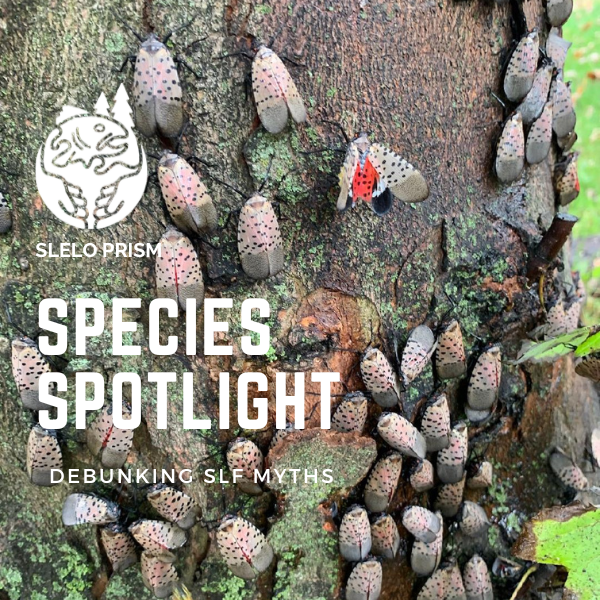
Species Spotlight: 2024 Spring Newsletter
As spotted lanternfly continues to expand its range, it’s crucial to separate fact from fiction. Here, we debunk some common myths surrounding the spotted lanternfly and shed light on the truth behind this formidable pest.
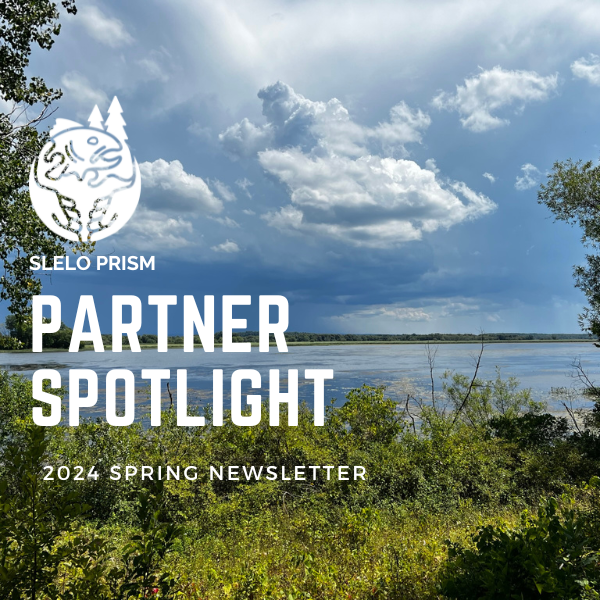
Partner Spotlights: 2024 Spring Newsletter
Hear from our partners at the NYS DEC regarding their invasive species management and restoration work at the Lakeview Wildlife Management Area.
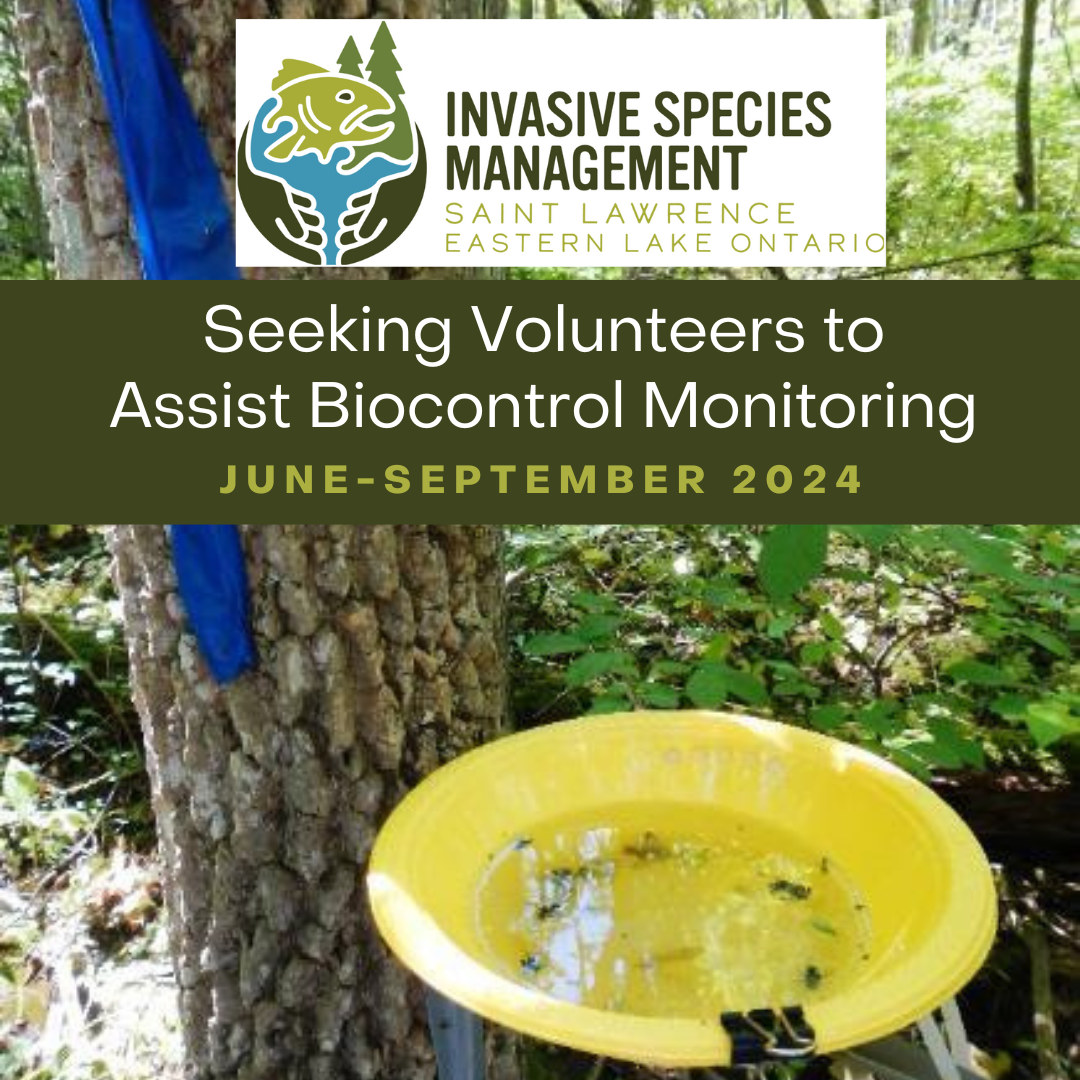
Biocontrol Monitoring Opportunity
SLELO PRISM is seeking volunteers to assist with a biocontrol monitoring project this summer and fall.
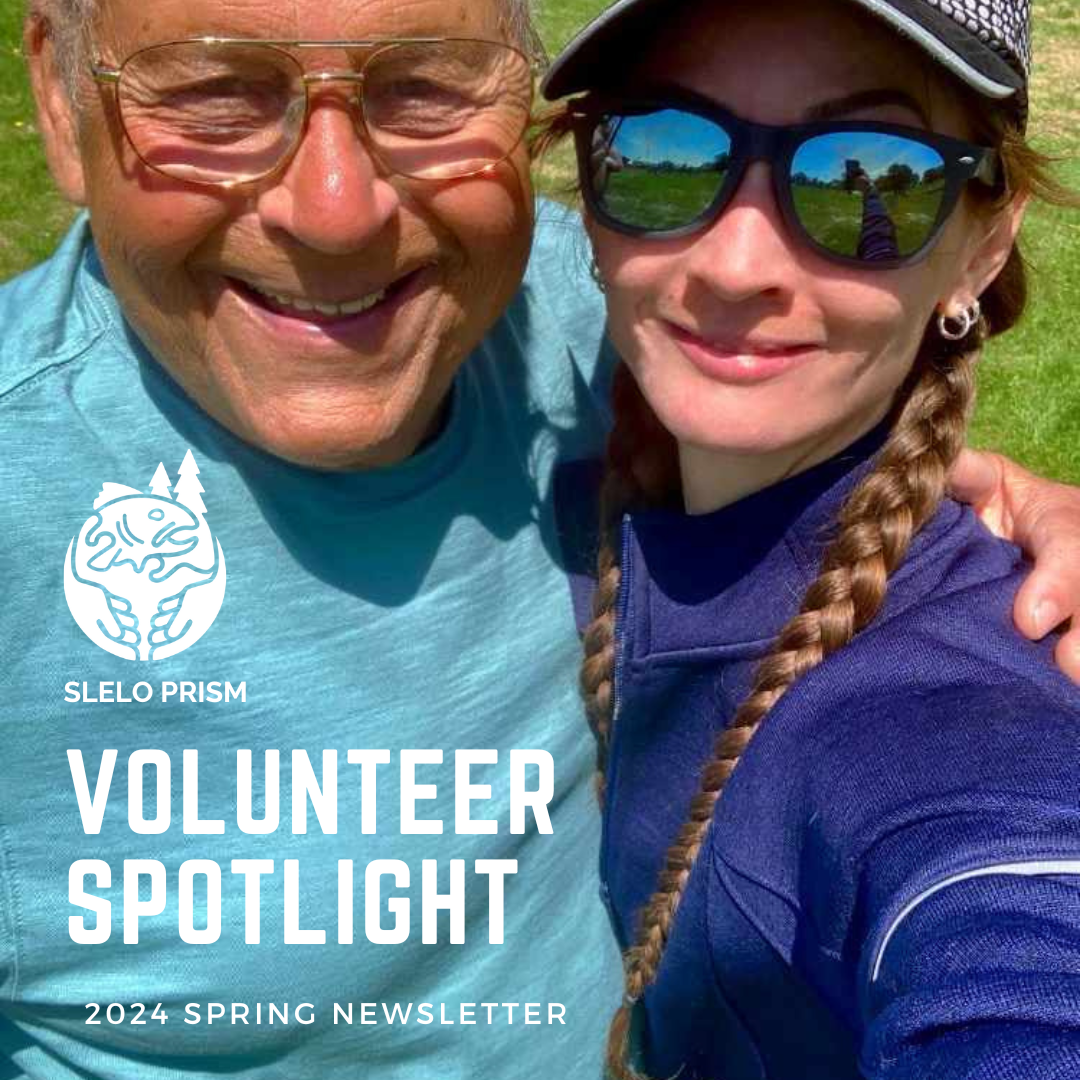
Volunteer Spotlight:2024 Spring Newsletter
We’d like to honor one of our Super Volunteers who has gone above and beyond the call of duty!
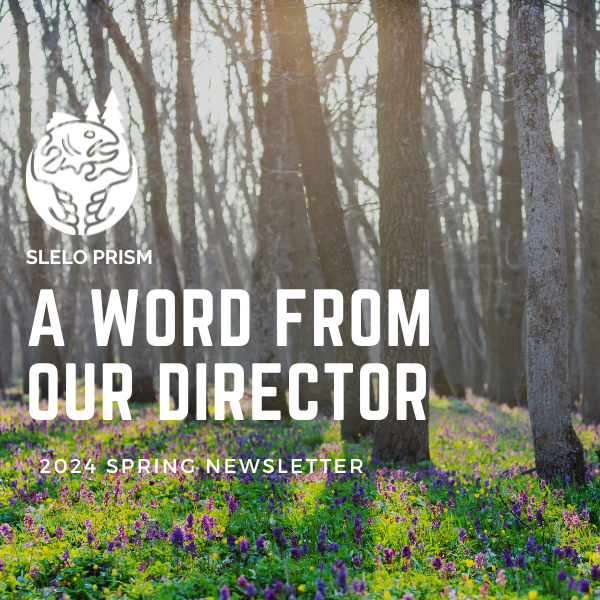
A Word From Our Director: 2024 Spring Newsletter
During the past few months, numerous partners have participated in planning sessions to refine the future of our program including setting priorities for the coming years.
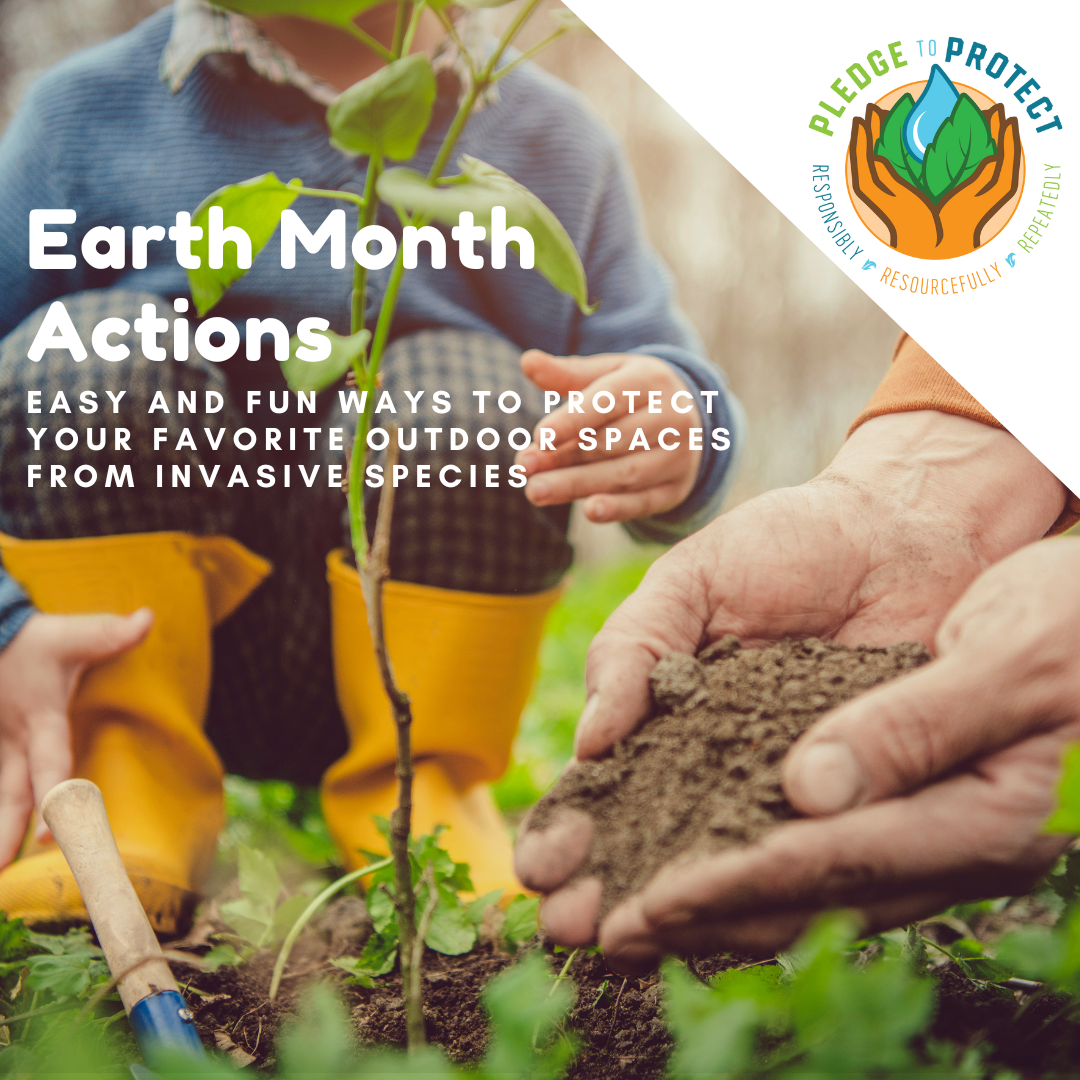
Protector’s Activity: Earth Month Actions
April is Earth month! Learn easy and fun ways to take action to protect your favorite outdoor spaces from invasive species.
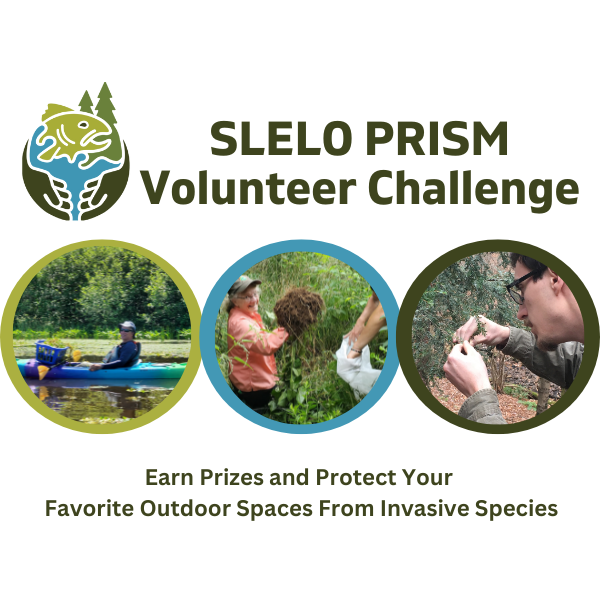
Volunteer Challenge
Take the Volunteer Challenge to get involved and win prizes!
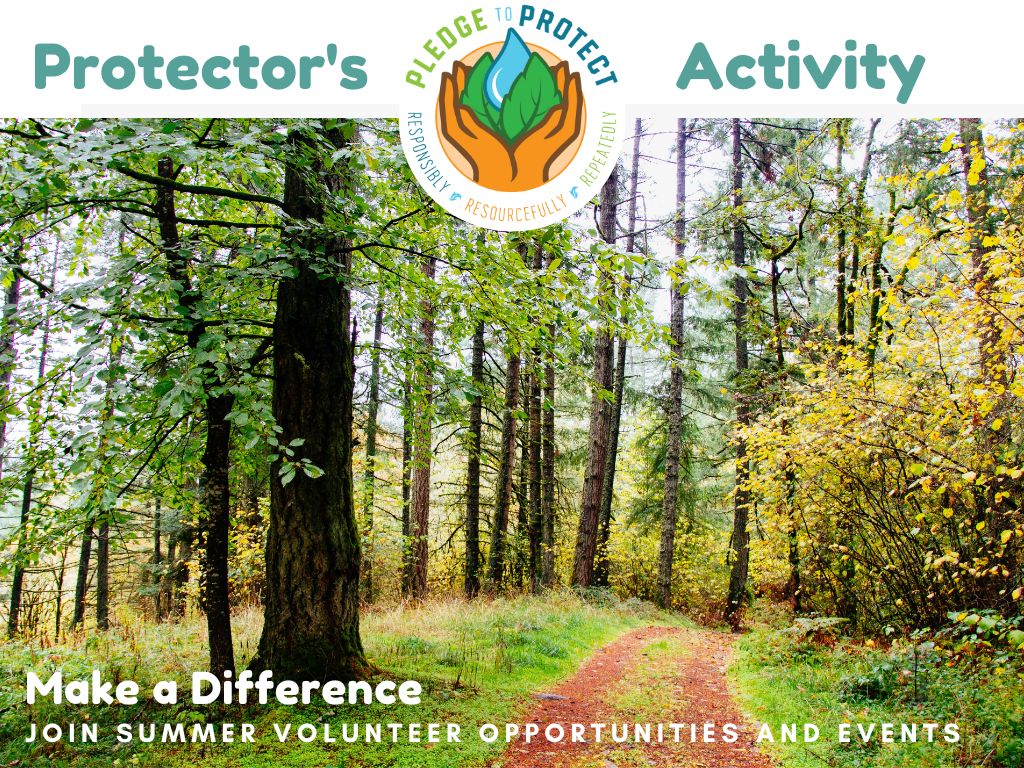
Make a Difference: Join Summer Volunteer Opportunities and Events
What better way to enjoy the summer than to help protect your favorite outdoor places? Check out the upcoming events and volunteer opportunities we’re hosting this summer. Participating in any […]
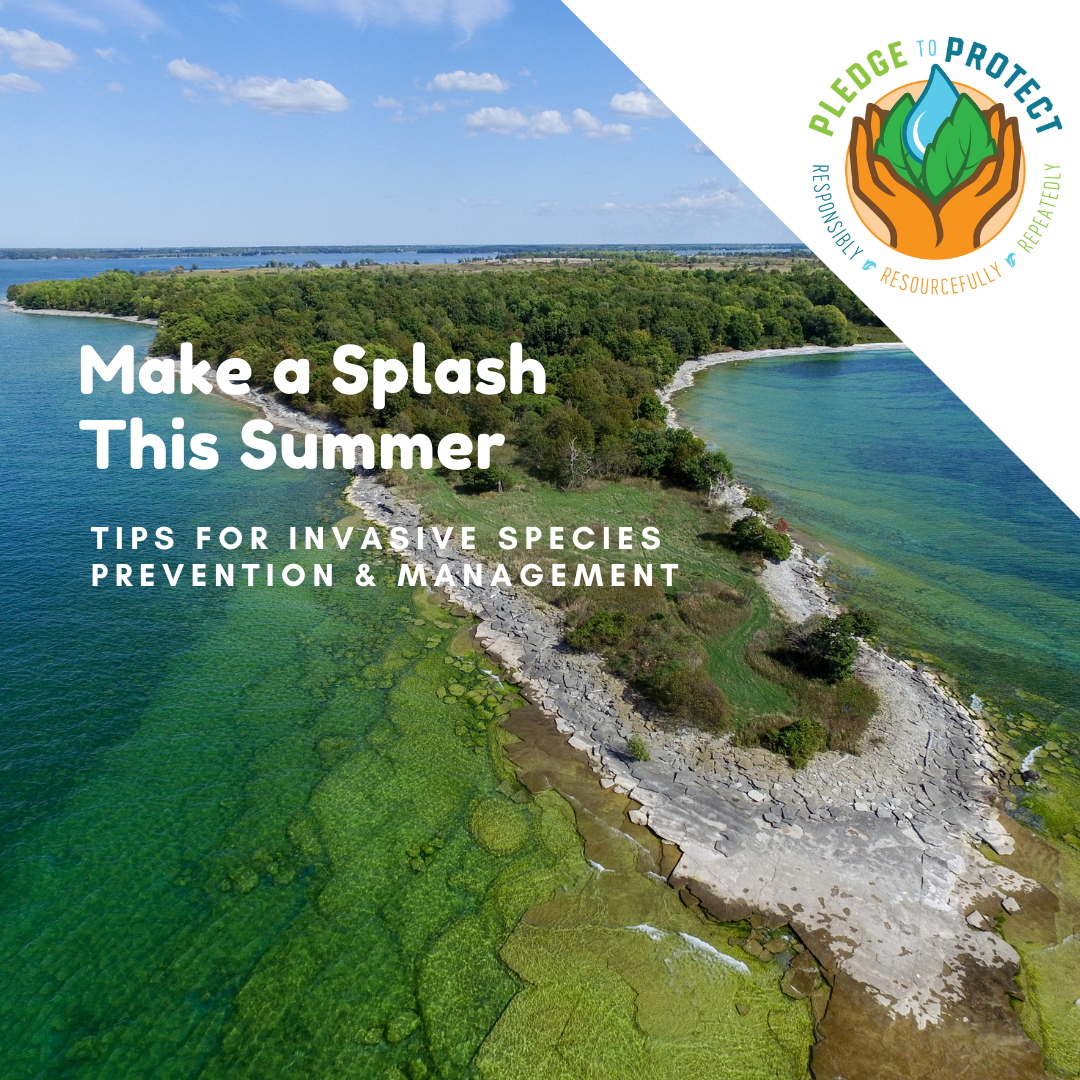
Make a Splash This Summer: Tips for Invasive Species Prevention & Management
Summer is ramping up, allowing for ample opportunities to beat the heat and keep your outdoor spaces safe.
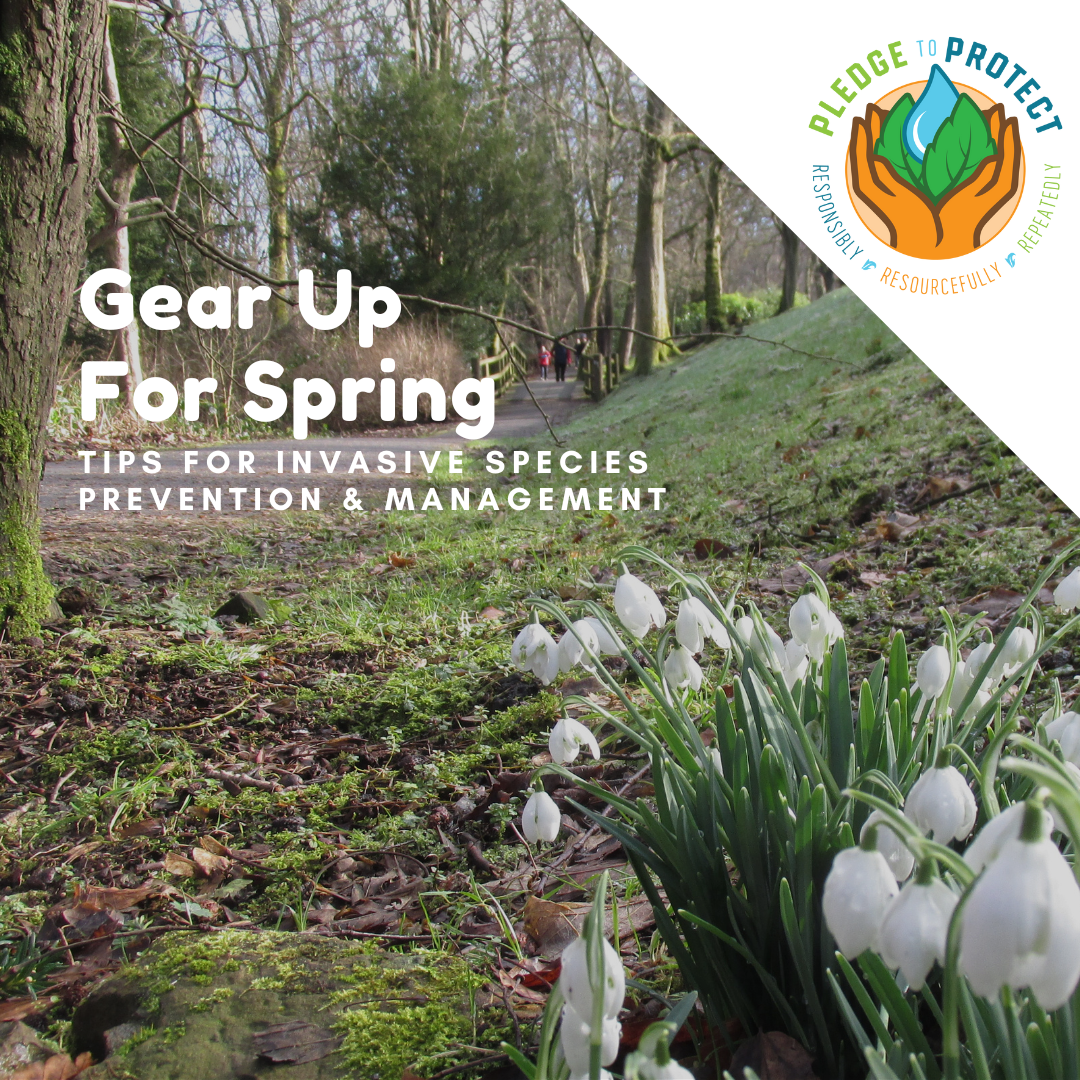
Spring is Here – Tips for Invasive Species Prevention & Management
Spring is here and there are many ways you can help prevent the spread of invasive species while you enjoy your favorite springtime activities.
